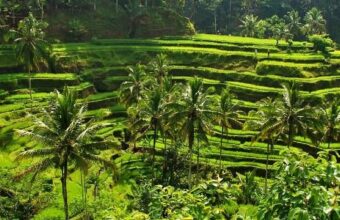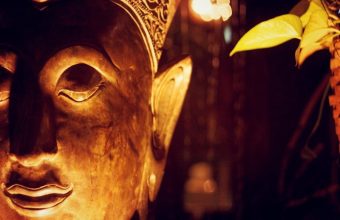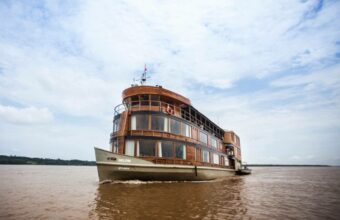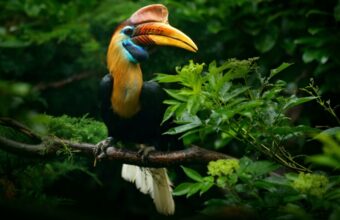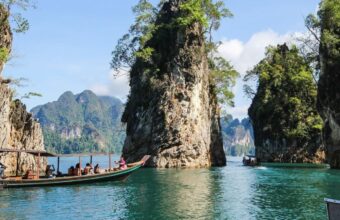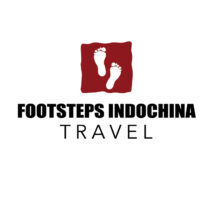Southeast Asia
So much more than the clichés
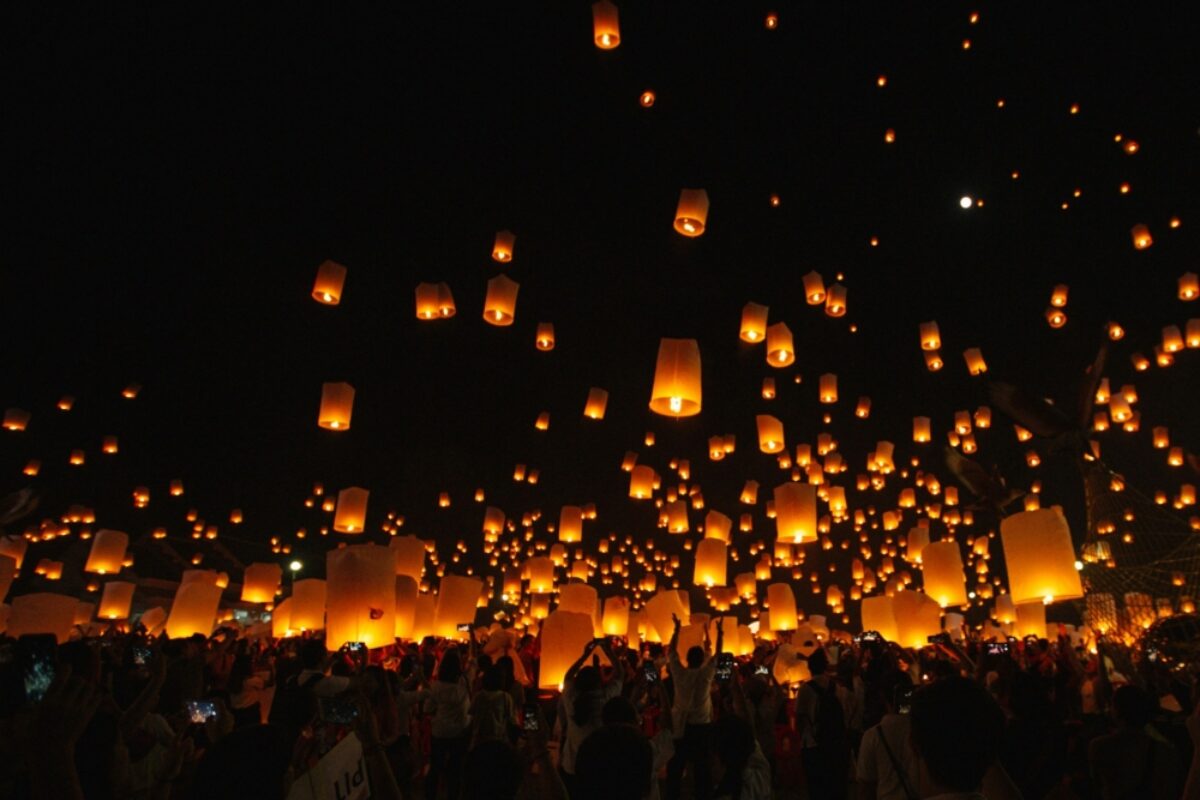
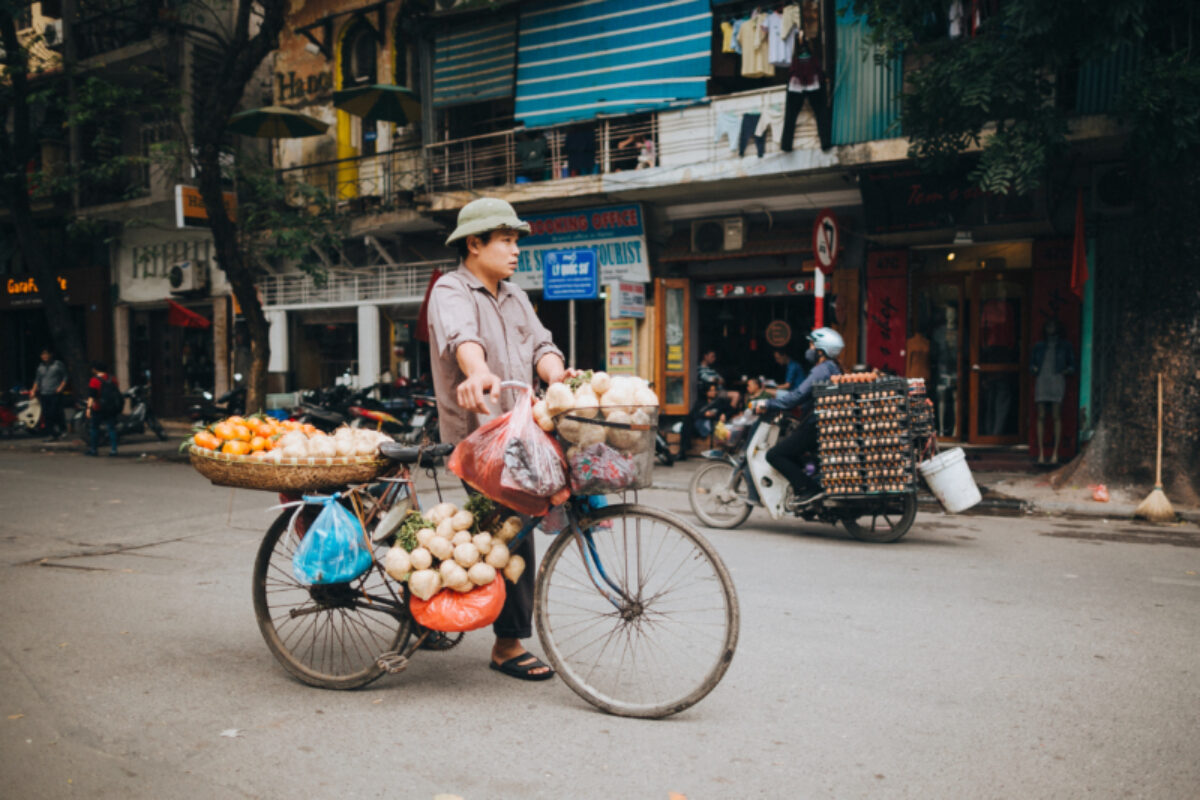
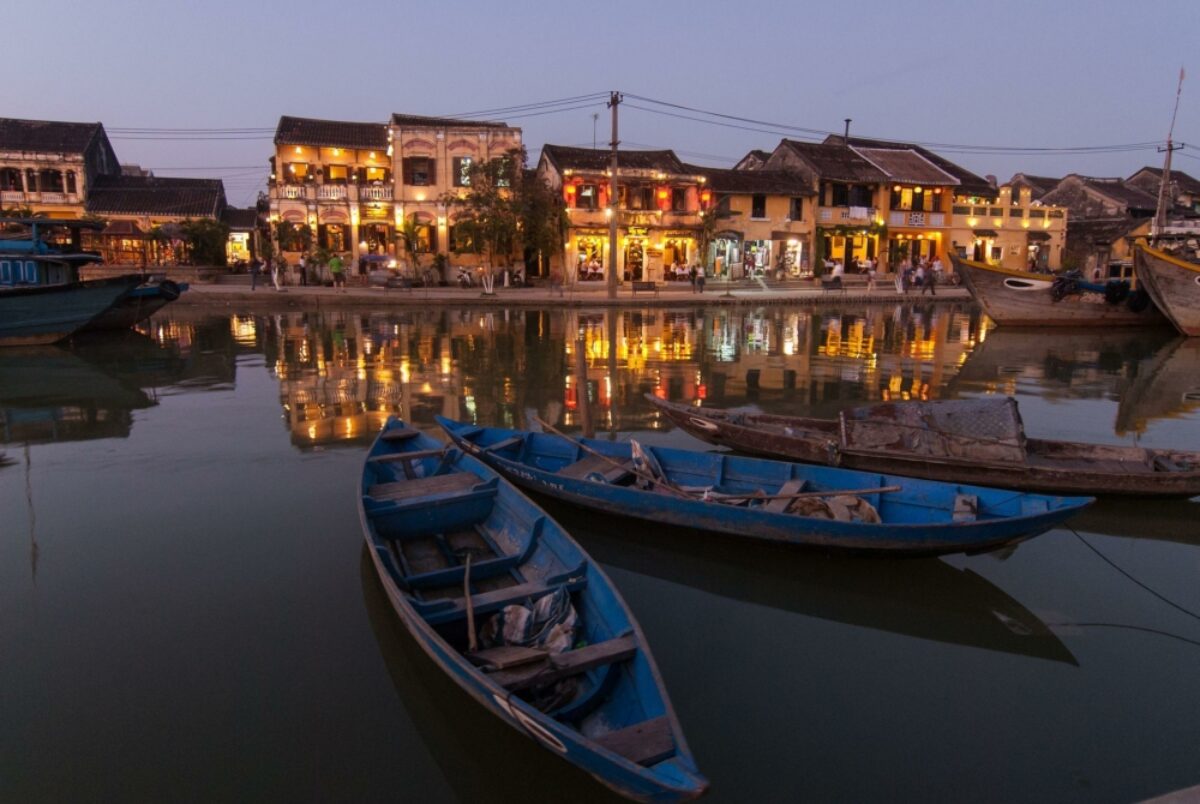
Is there anywhere on earth more misunderstood and exoticized than Southeast Asia? Decades of backpacker lore and lazy travel writing have cemented all the obvious clichés in the public mind: the beaches, the fiery 'street' food in steamy cities, Buddhist traditions and mountaintop temples. But is this image fair? Or even real?
For every staged photo of a deserted tropical beach there are countless others struggling with the burdens of overtourism. In Southeast Asia 'street' food is just called food. Yes, mainstream culture here is grounded in its Buddhist roots, but not to the exclusion of countless ethnic minorities, lively—sometimes violent—political movements, or rocking music and vibrant creative arts scenes. Most of this is whitewashed (or just outright ignored) by mainstream tourism marketing, much to the detriment of both the people who live here and those who come to visit. Instead, Southeast Asia has become a destination that tourists "do" rather than multi-dimensional places with real people living real lives.
Nearly 10% of the world's population lives in this corner of Asia and there's so much more to see and learn than the clichés would have you believe. Slow down, break out of the luxury resorts, pull up a plastic stool and see what contemporary Southeast Asia is all about. You won't regret it!
Thailand with kids
Everything you need to know about visiting Thailand with the family
Thai people adore kids, often doting over foreign children like celebrities. Visitors to Thailand with kids usually encounter the best of the famed Thai charm. And the country also offers terrific value, quality accommodation for all budgets, a huge selection of destinations and activities, and the travel and tourism infrastructure is well established – all of which means the country is beautiful, welcoming and safe...read more
Southeast Asia Travel Guides
-
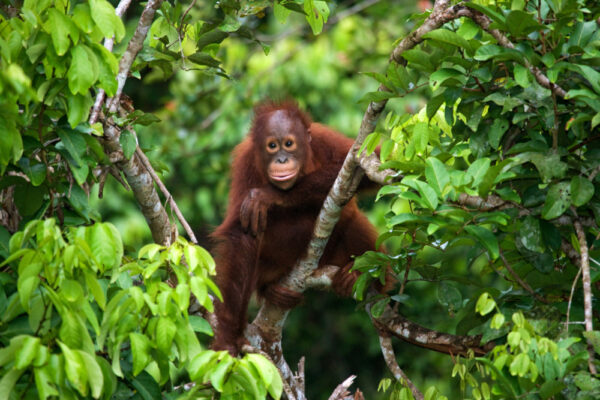
Borneo
Untamed nature
Borneo is 'one great wild, untidy, luxuriant hothouse, made by nature for herself', wrote Charles Darwin in the 1800s... -
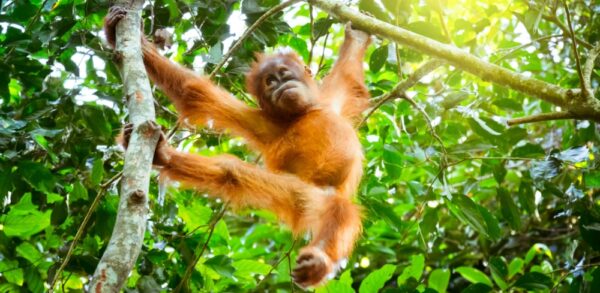
Sepilok Orangutan Sanctuary
25km west of the waterside town of Sandakan is Sepilok Orangutan Sanctuary, a rehabilitation centre which runs popular pay-to-volunteer programmes... -
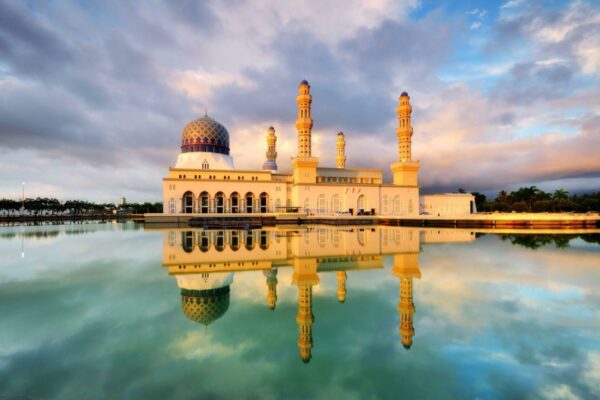
Kota Kinabalu
Whether you’re wanting to scuba dive in pristine coral reef, trek Malaysia’s highest mountain or simply relax on the beach of a stylish resort, Kota Kinabalu seems to have something for everyone... -
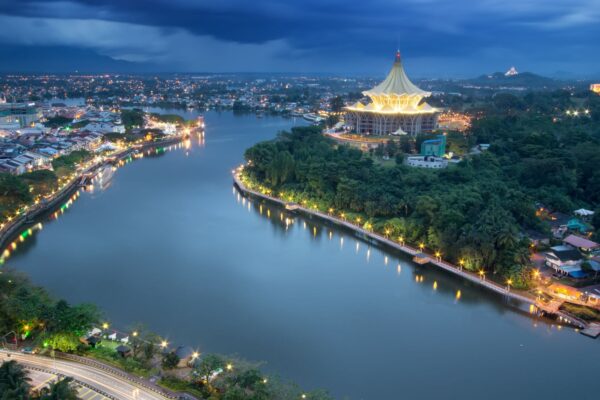
Kuching
Nestled between the jungle and the sea, Sarawak’s capital began life as a trading post, built up by the family of Sir James Brooke, the first of the line of “white rajahs” who ruled Sarawak for a century... -
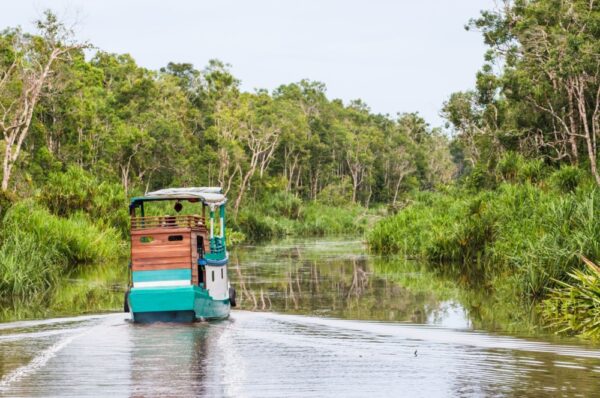
Tanjung Puting National Park
Set among a large swathe of coastal tropical heath and peat swamp forest, Tanjung Puting is one of the major hopes for the orangutan's survival... -
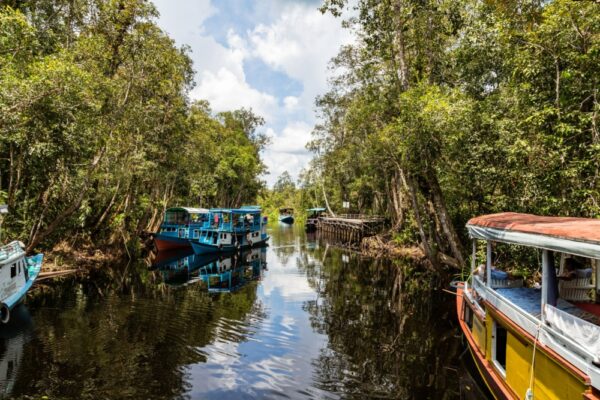
Kumai
Head to Kumai in Central Kalimantan, a port town and gateway to Tanjung Puting National Park... -
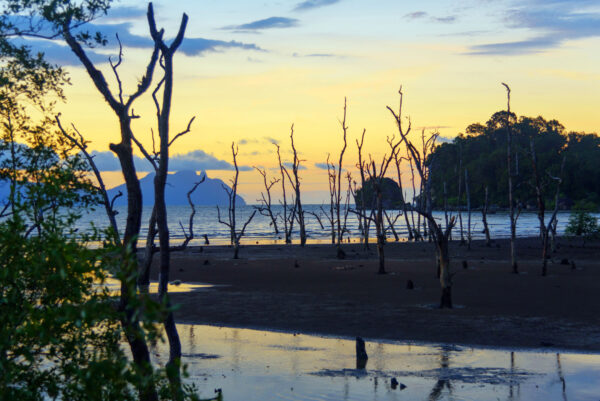
Bako National Park
Sarawak’s oldest national park is just over 20km from capital city Kuching, and is a popular day trip for tourists wanting a taste of the region's wildlife... -
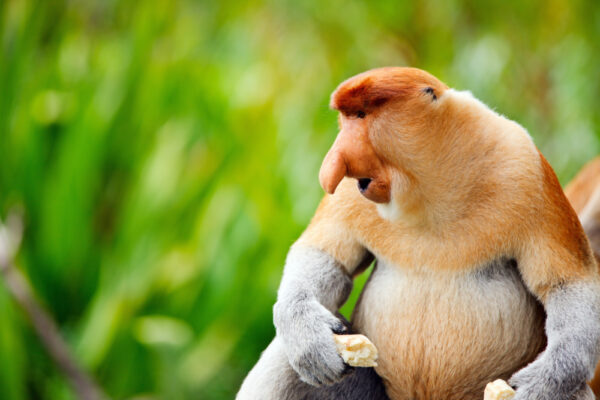
Kinabatangan Wildlife Reserve
Sabah’s largest waterway is one of only two regions in the world which are inhabited by ten species of primate, and is Borneo’s most popular destination for tourists hoping to catch a glimpse of a wild orangutan... -
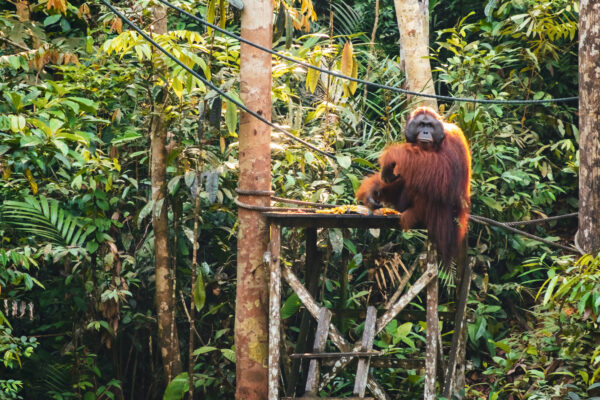
Semenggoh Nature Reserve
A couple of hours south of Sarawak’s capital Kuching, Semenggoh Nature Reserve is a research and rehabilitation centre for orphaned, displaced and injured orangutans, hornbills and honey bears... -

Danum Valley
Danum Valley protected forest reserve is one of the largest swathes of primary lowland dipterocarp rainforest in Borneo, set aside for wildlife conservation, research and education... -
Mulu National Park
... -
Tunku Abdul Rahman National Park
... -
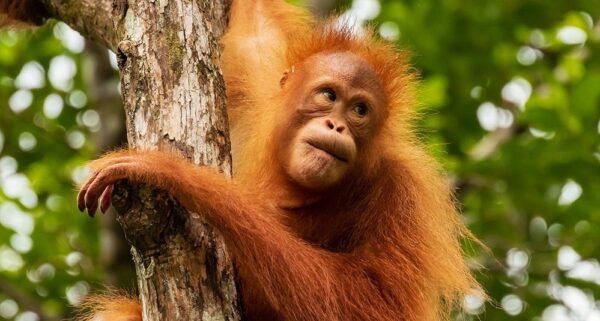
Batang Ai National Park
Batang Ai National Park is the only place in Sarawak where you can see wild orangutans and, due to being so remote, is one of the least known places to visit... -
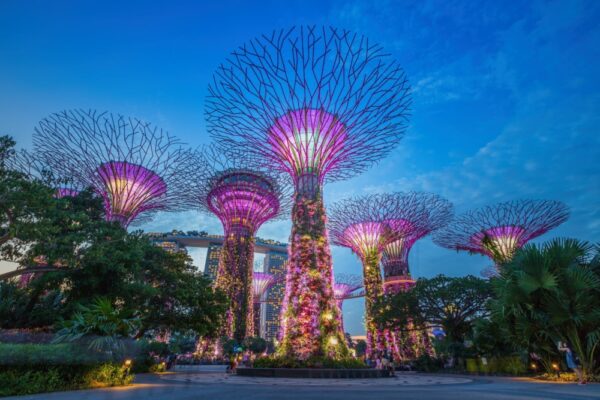
Singapore
... -
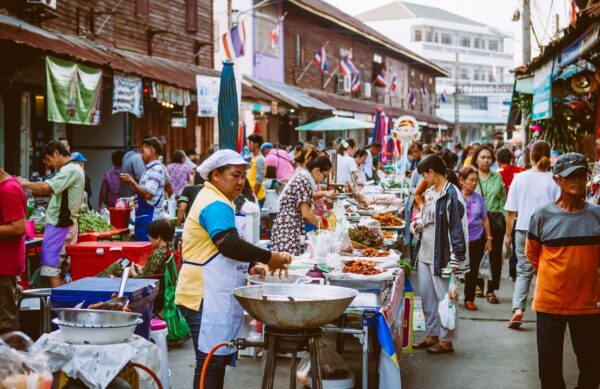
Thailand
More than tropical beaches and temples
Thailand, a nearly 1,000-year-old kingdom with a population and landmass to match the UK, is a land of plenty... -
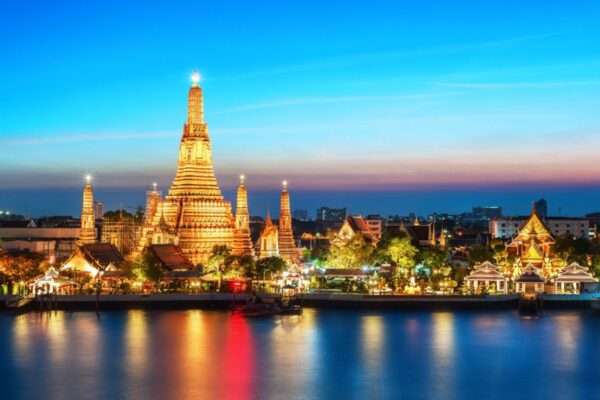
Bangkok
Known by the locals as Krung Thep, Thailand’s capital city is a sprawling, sweaty fusion of old and new, where towering skyscrapers emerge from crumbling pavements, and historic temples are circled by colourful tuk tuk cabs and monks clad in vibrant orange robes... -
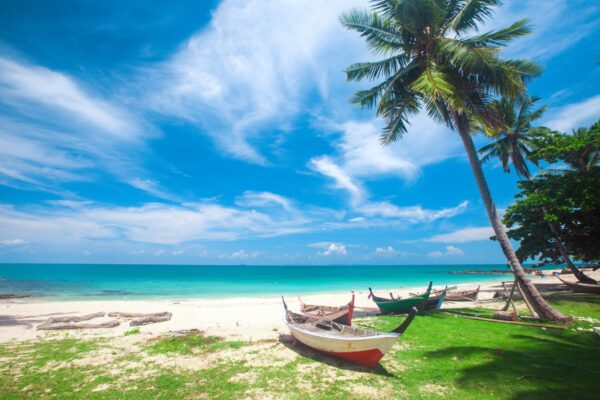
Ko Lanta
In Krabi Province on Thailand’s Andaman coast lies the island of Ko Lanta, where coral-fringed golden beaches and mangroves give way to sleepy streets and a rocky, jungly interior... -

Ayutthaya
Founded in 1350 and destroyed by invading Burmese in 1767, the once-glorious city of Ayutthaya was a former Siamese kingdom, preceding Bangkok as the capital of Siam... -
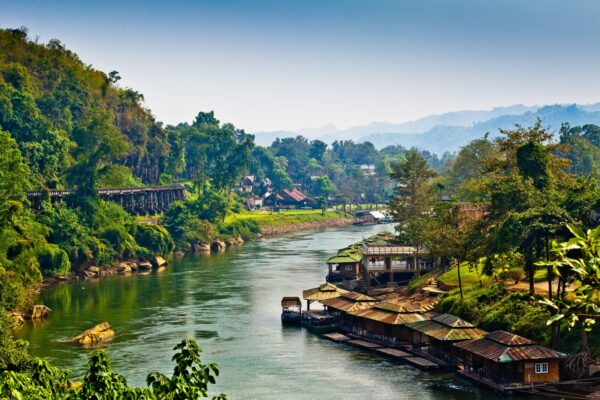
Kanchanaburi
Although best known for its sobering role in WW2 history — with sites including the Death Railway, Bridge over the River Kwae (Kwai) and Allied War Cemetery — Western Thailand's Kanchanaburi has plenty to offer tourists wanting to stay a little longer... -
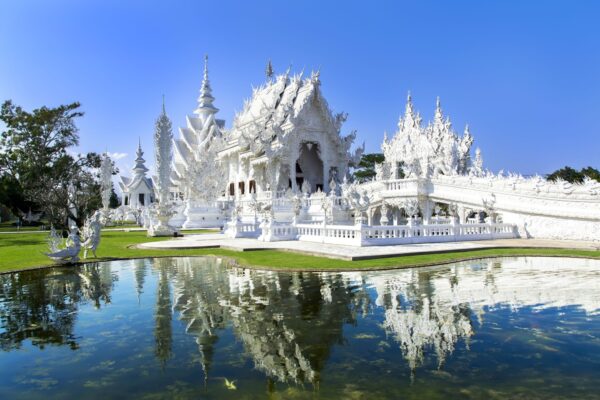
Chiang Rai
Near the borders of Laos and Myanmar lies the smaller and lesser visited former seat of the Lanna Kingdom, Chiang Rai... -
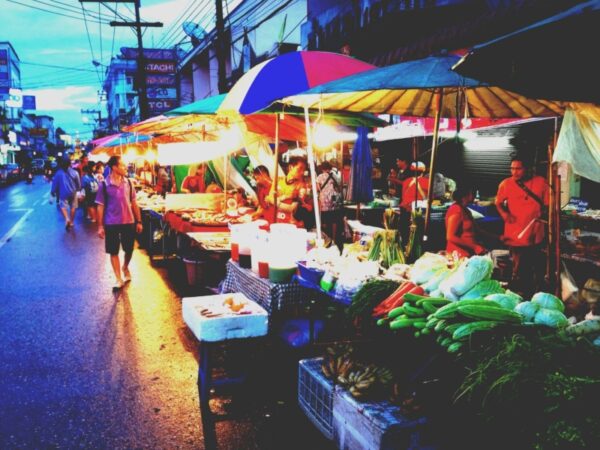
Chiang Mai
Nestled in the mountainous north of Thailand and surrounded by lush countryside, the former seat of the Lanna Kingdom is perhaps best known for its 14th to 17th-century temples, including the former royal temple Wat Chedi Luang and mountaintop Wat Doi Suthep... -
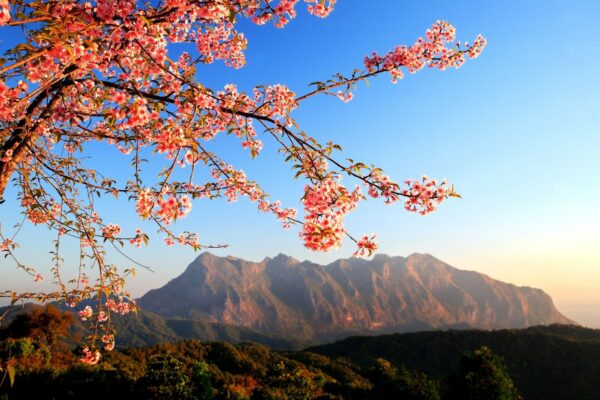
Chiang Dao
Lying in the shadow of the craggy peaks of Doi Luang Chiang Dao mountain and surrounded by rainforest, lies the small rural village of Chiang Dao... -
Doi Inthanon
... -
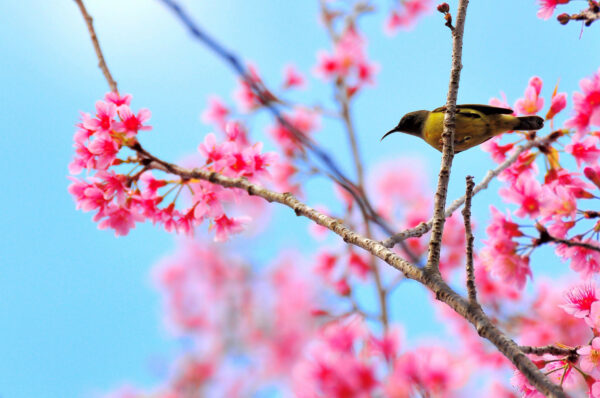
Doi Ang Khang Royal Agricultural Station
Of the scores of doi — "mountain(s)" in the Northern dialect — worth visiting in Northern Thailand, few have the effect of this 1,928m hill station blanketed in praya suekrong (Thai cherry blossom) and other temperate flowers and birdlife... -
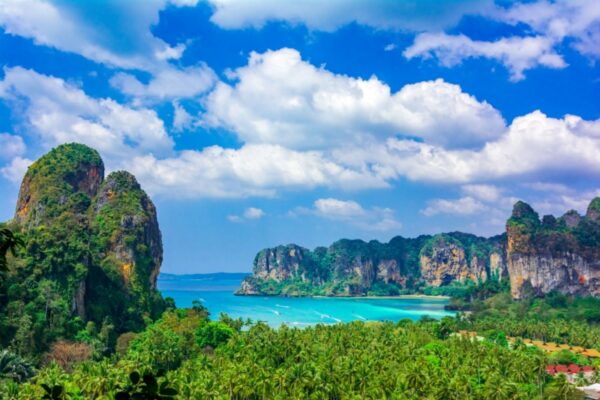
Krabi
At the centre of the southwest coast on the Andaman Sea, Krabi is often cited as Thailand's most visually impressive province... -
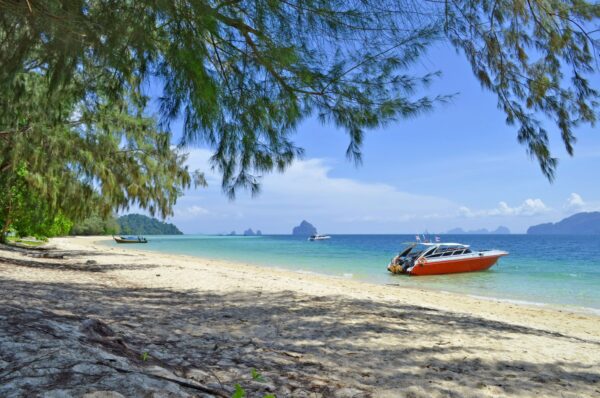
Trang
A step below Phuket and Krabi in terms of tourist numbers but with comparable natural beauty, Trang province's small and quiet islands are ideal for families keen to do some island-hopping... -
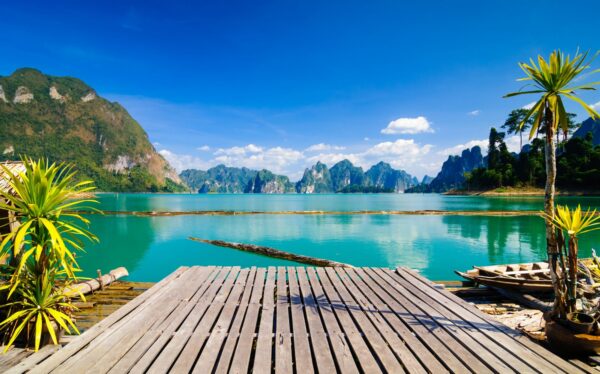
Khao Sok
The South’s most popular nature reserve, Khao Sok National Park is home to 738-sq-km of virgin lowland jungle, towering limestone karsts, waterfalls, caves and the dazzling man-made Cheow Lan Lake... -
Trat
... -
Ko Chang
... -
Ko Wai
... -
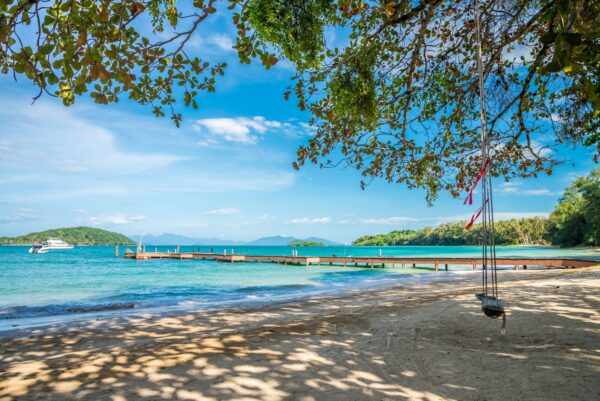
Ko Mak
Unlike its two larger neighbours, Ko Chang and Ko Kut, Ko Mak consists mainly of rolling farmland rather than jungle-draped mountains... -
Ko Rang
... -
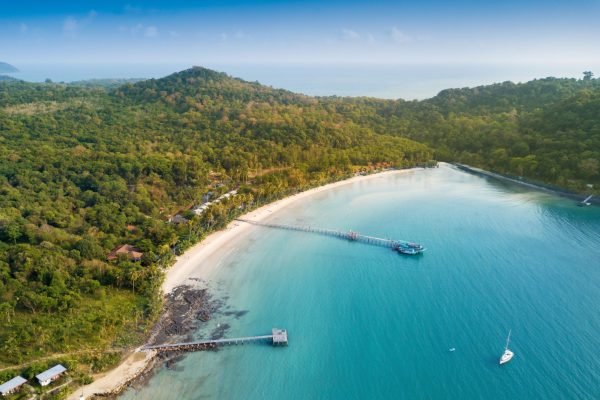
Ko Kut
Many of the beaches that rim 111 square-km Ko Kut are not only some of the best that you'll come across in the Ko Chang archipelago; they also rank among the finest beaches found anywhere in Thailand... -
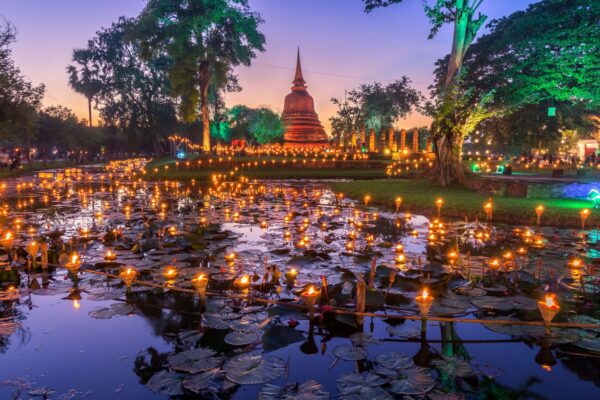
Sukhothai
Founded in the 12th century, Sukhothai (Dawning Lotus) was the first Thai kingdom to conquer most of the land within modern Thailand's borders... -
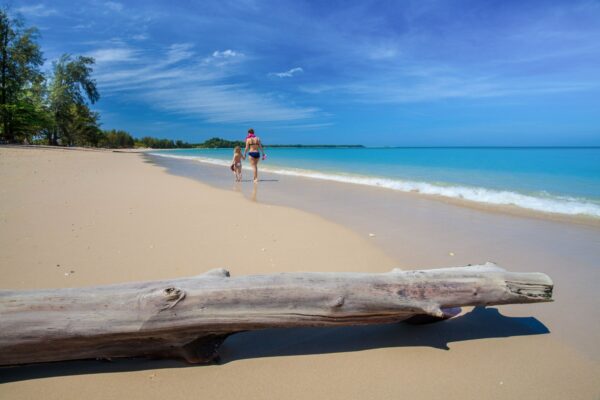
Khao Lak
On Thailand's southwest coast north of Phuket, Khao Lak has just the right balance of quietude and action for families... -
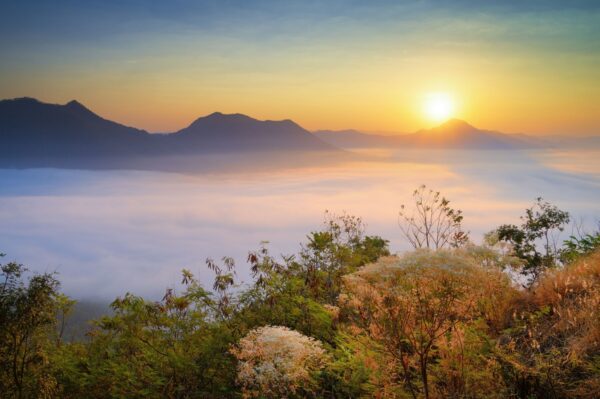
Chiang Khan
Chiang Khan's historic temples, heritage houses, trendy cafes and Thai massage shops make it fun for a day of strolling or cycling... -
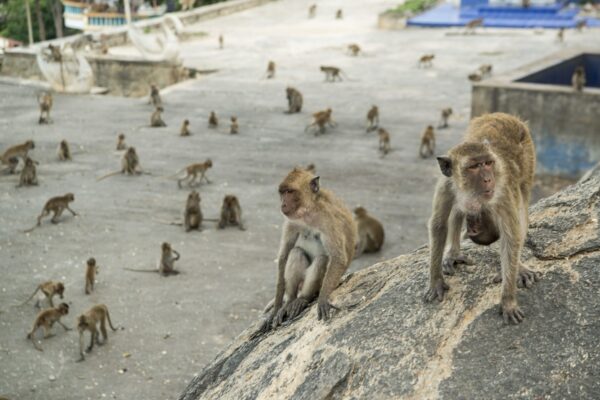
Prachuap Khiri Khan
This hourglass-shaped province, Prachuap for short, bridges the southern and central regions of Thailand... -
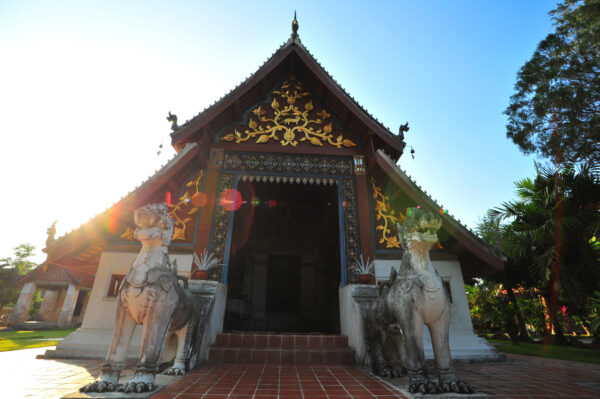
Ubon Ratchathani
Ubon Ratchathani, in Thailand's north-eastern region, also known as Isaan, draws only a fraction of the tourists that pour into other parts of the country, but it has some great attractions, a famously intense cuisine, and Lao-speaking people who haven't been hardened by mainstream tourism... -
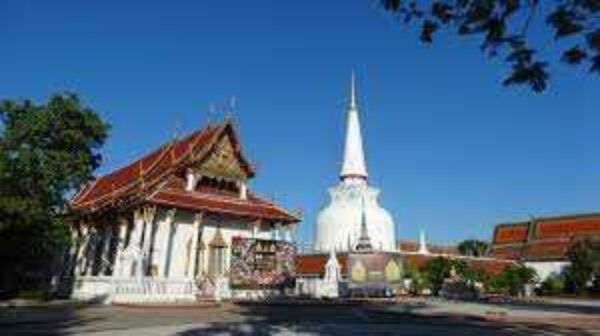
Nakhon Si Thammarat
One of the largest cities in southern Thailand, Nakhon Si Thammarat is only 100km south of the ferry pier for Ko Samui... -
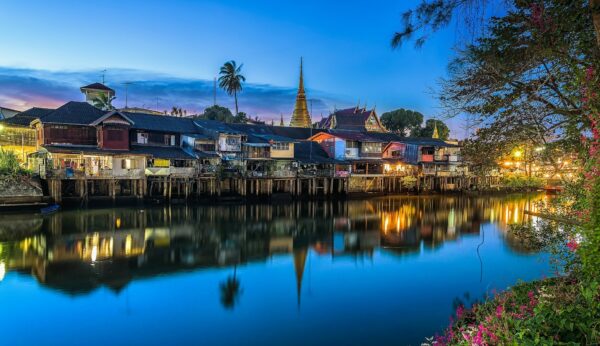
Chanthaburi
Most tourists catch a glimpse of Chanthaburi, the City of the Moon, from a bus while heading to Ko Chang or another island in the eastern Gulf... -
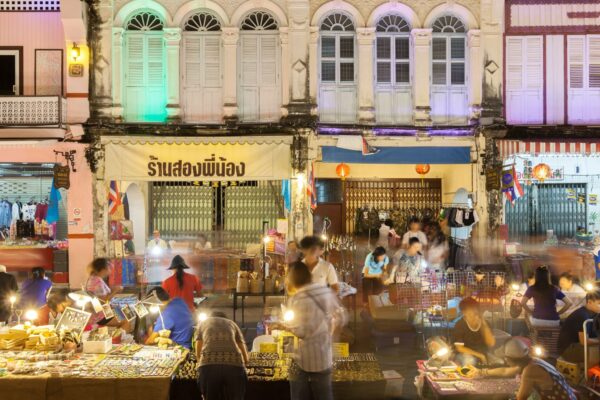
Phuket
Thailand's largest island is tourism juggernaut Phuket in the southwest, measuring in at 543 square km... -
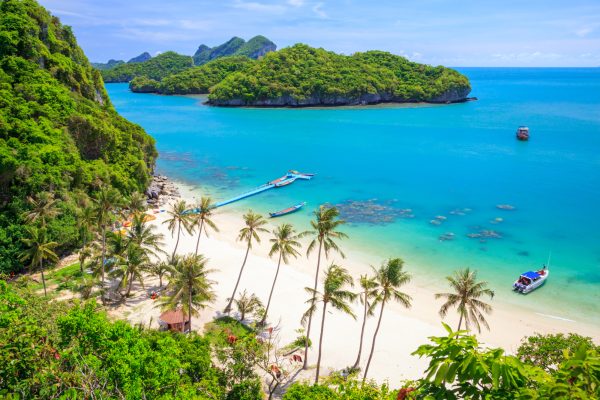
Ko Samui
In the southern Gulf, Thailand's second largest island has a cute airport to go with most of the same types of made-for-tourism attractions and lodgings that are found on Phuket... -
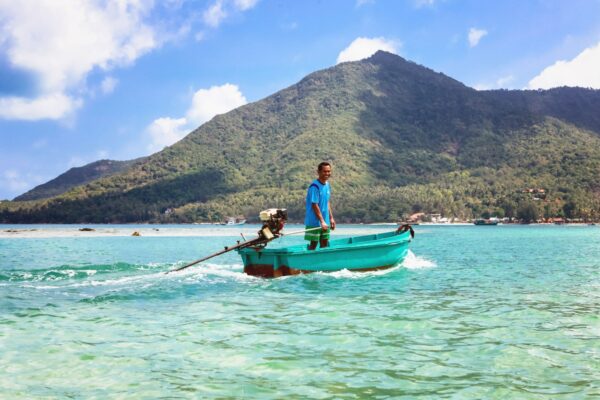
Ko Phangan
This funky island to the north of Ko Samui has a reputation for a hippie-stoner scene and drunken debauchery at the monthly Full Moon Party on Haad Rin... -
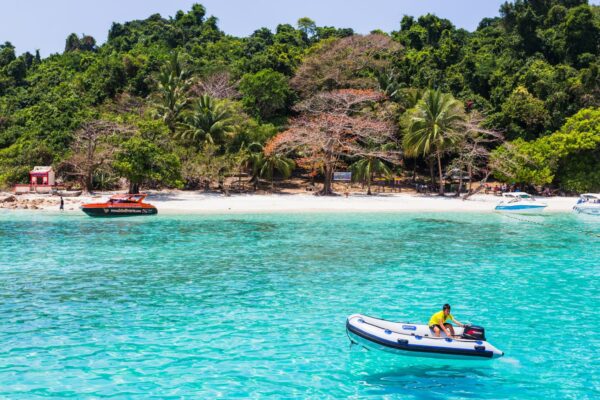
Ko Chang (Elephant Island)
This 'Elephant Island' of the eastern Gulf ranks as Thailand's third largest island at 213 square km... -
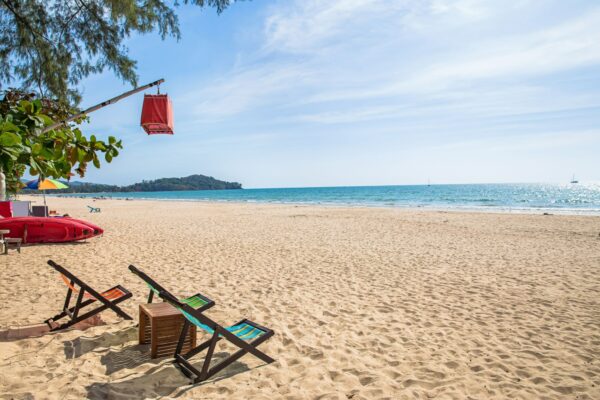
Ko Samet
This stingray-shaped island in the eastern Gulf is only 170 km southeast of Bangkok, making it convenient for a few days of beach time at the end of a trip... -
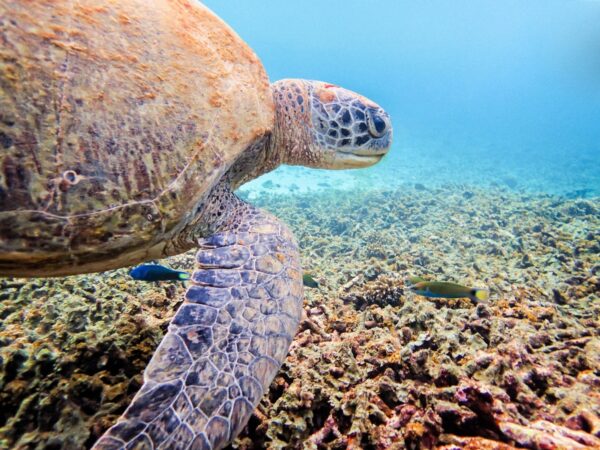
Ko Tao
Located in the southern Gulf and linked to both Ko Phangan and Ko Samui via year-round island-hopping ferries, this 'Turtle Island' is Thailand's most popular place to learn to dive... -
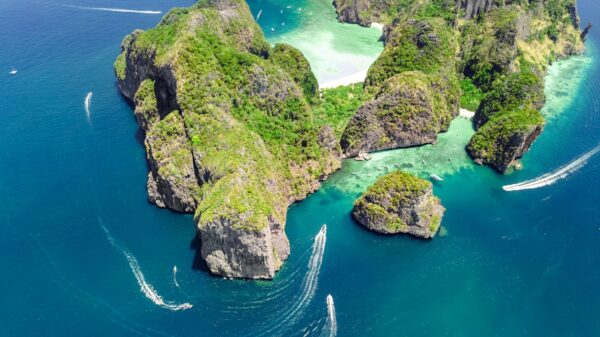
Ko Phi Phi
... -
Koh Yao Noi
... -
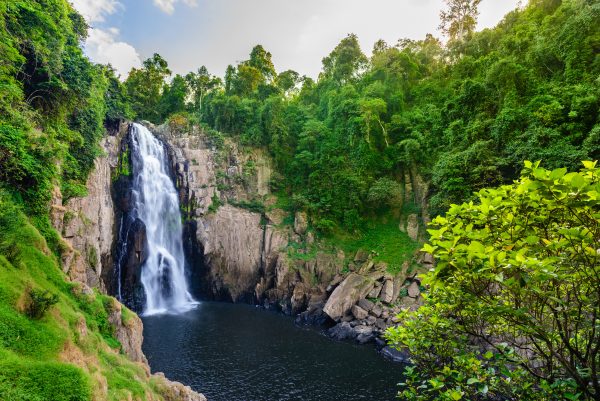
Khao Yai
A three-hour drive northeast from Bangkok, Thailand’s oldest national park is 2,168 square-km of mountainous jungle which has UNESCO Natural World Heritage status... -
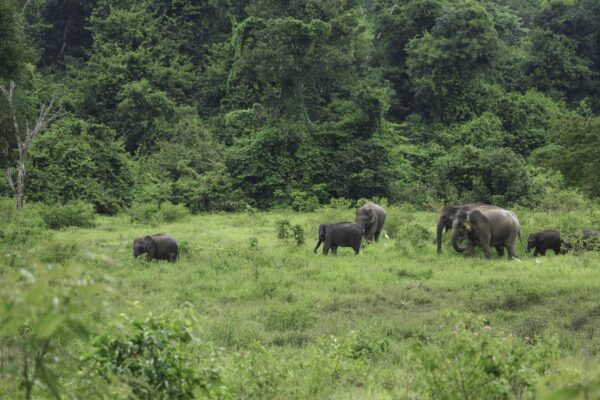
Kui Buri
Straddling the Tenassarim Mountains near Myanmar, Kui Buri National Park is the only place in the country where you're virtually guaranteed a glimpse of wild elephants and wild gaur, the world’s largest bovine species... -
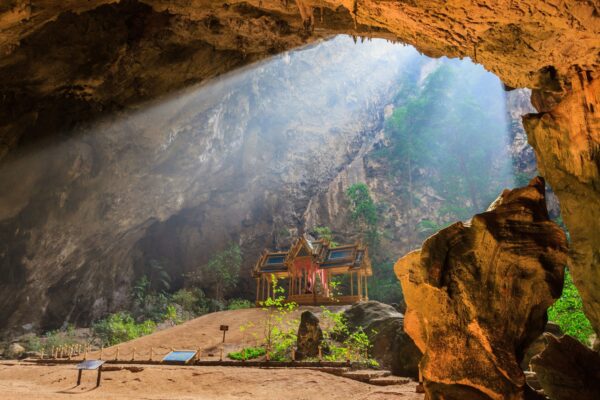
Khao Sam Roi Yot
Khao Sam Roi Yot National Park's name means Mountains of 300 Peaks... -
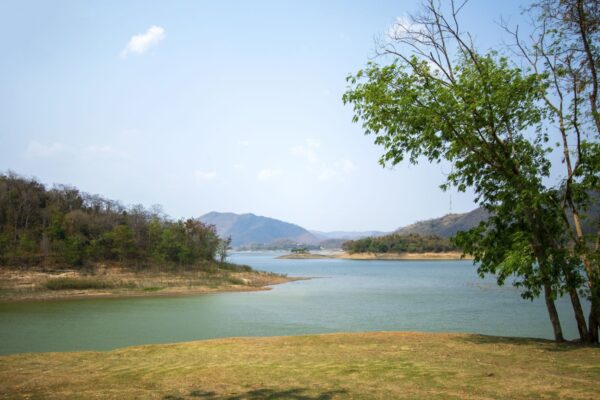
Kaeng Krachan
Kaeng Krachan is the country’s largest national park and covers nearly 3,000 square km of mountainous terrain... -
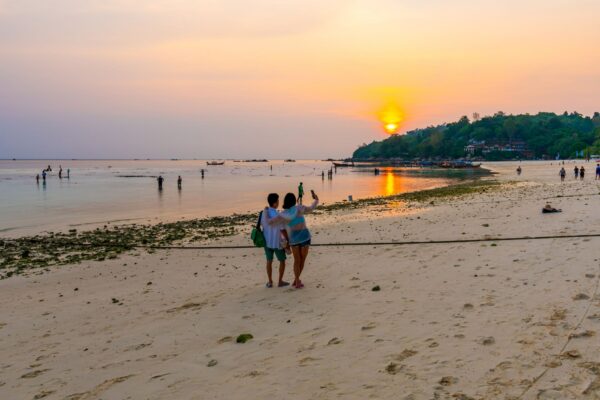
Ko Lipe
Way down in the Thai southwest, Ko Lipe is one of Thailand's most alluring islands thanks to its soft white sand and azure blue water... -
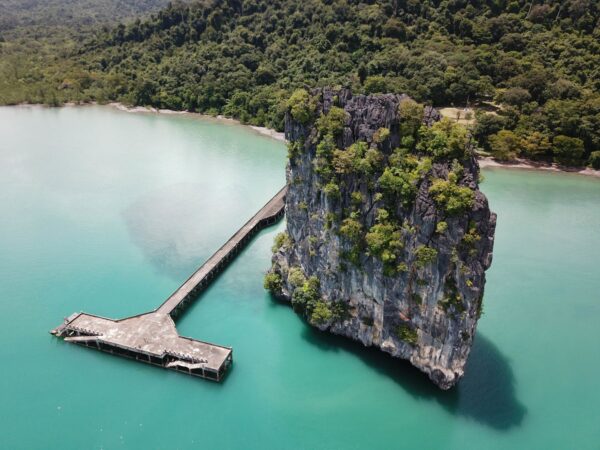
Mu Ko Tarutao National Marine Park
The mountainous islands of Ko Adang and Ko Rawi have dozens of undeveloped white-sand beaches... -
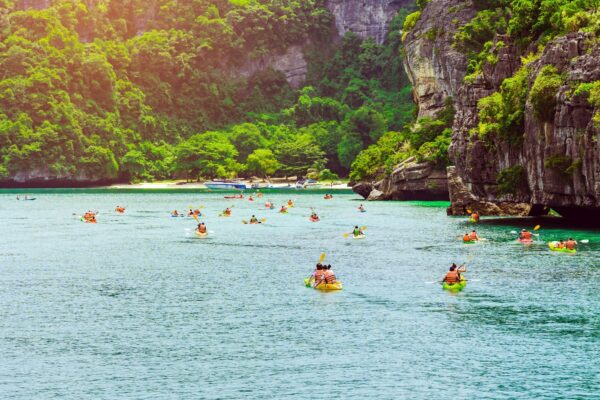
Mu Ko Ang Thong
The name means Archipelago of the Golden Bowl, and the many karst islands of this marine park are within day-tripping distance of both Ko Samui and Ko Phangan in the southern Gulf... -
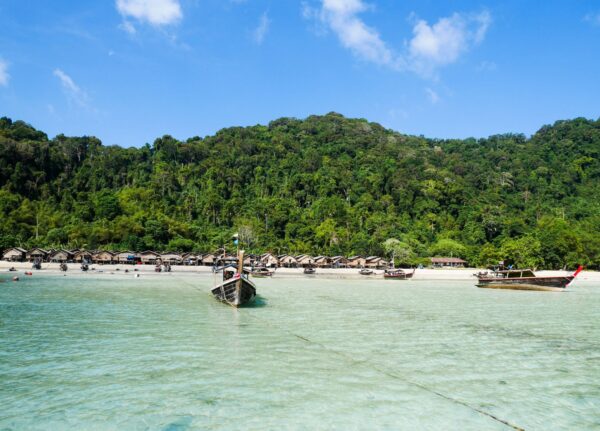
Mu Ko Surin Marine Park
Set in the far northern reaches of Thailand's Andaman Sea, Mu Ko Surin Marine Park covers a pair of islands with healthy reefs in between... -
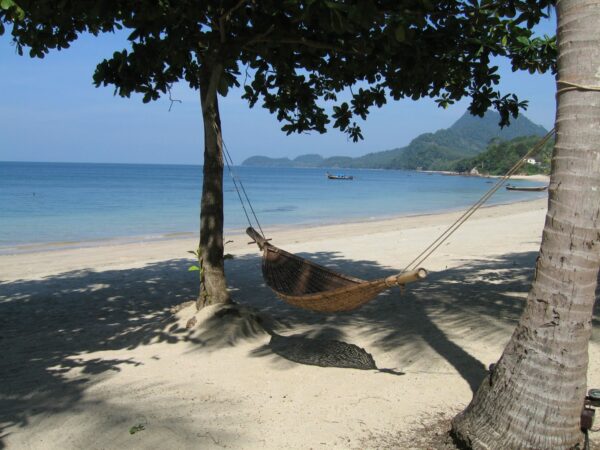
Ko Jum
For a low-key island with local character, consider Ko Jum, where Long Beach (or Hat Yao) has plenty of space, and lovely sunsets over Ko Phi Phi... -
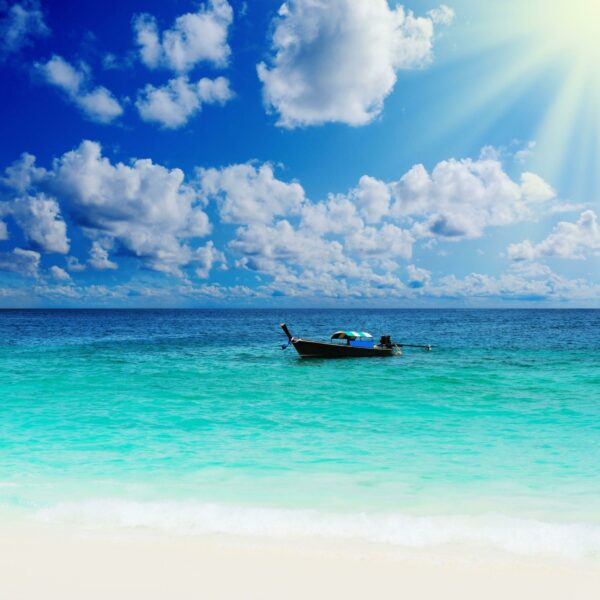
Ko Bulon Leh
Charming, tranquil and unlike any other beach in Thailand, the soft white sand on Ko Bulon Leh's east coast nudges up to a wee pink schoolhouse... -
Hua Hin
... -
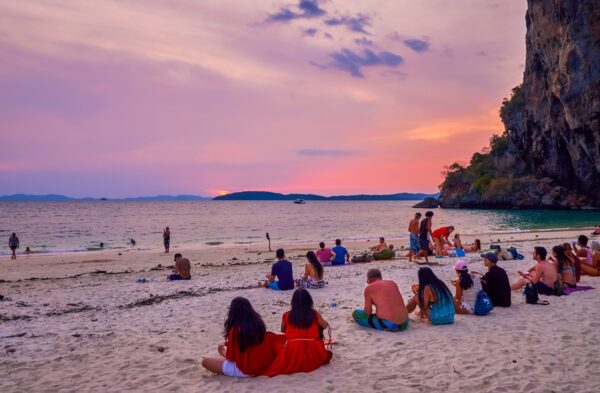
Ao Nang
Ao Nang, a picturesque gem on Thailand's Andaman coast, boasts pristine white sands, crystal-clear waters, and striking limestone cliffs... -
Elephant Nature Park
... -
Koh Yao Yai
... -

Vietnam
Head-spinning contradictions and character
Any preconceived notion of Vietnam will quickly disintegrate upon arrival... -
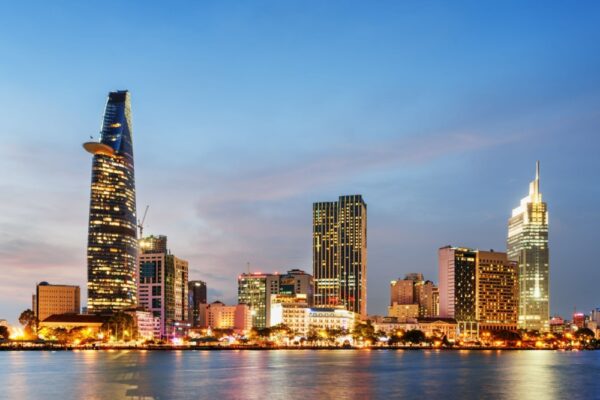
Ho Chi Minh City
Previously known as Saigon, Ho Chi Minh City changed its name after Vietnam unified following the Vietnam War... -
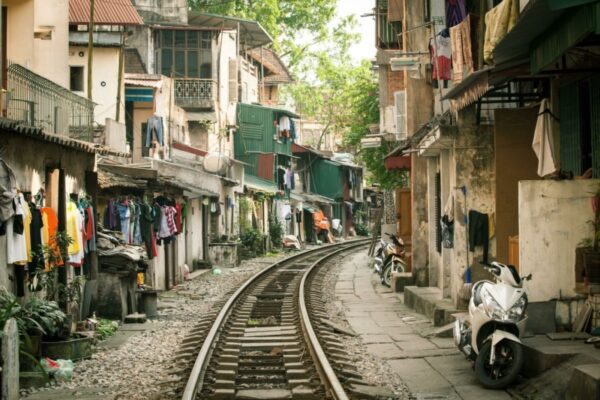
Hanoi
Vietnam’s capital is a riot of blaring horns, stunning architecture and delicious street food... -
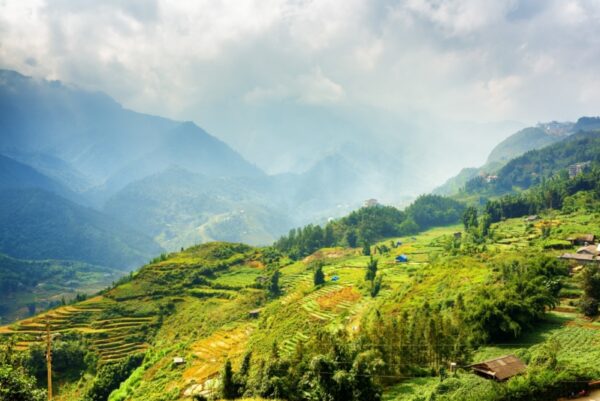
Sapa
Sapa and surrounding area has long been northern Vietnam’s premier trekking destination, and with good reason... -
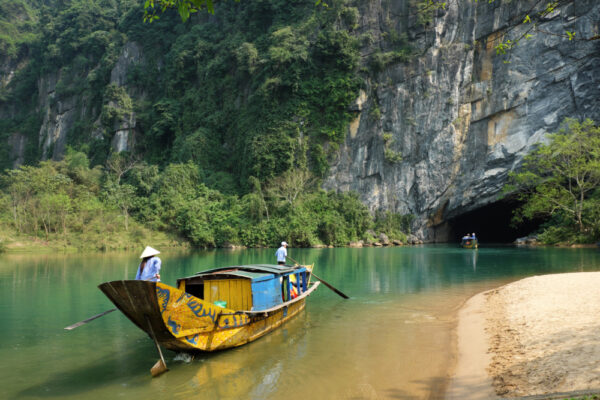
Son Doong & Phong Nha Caves
Home to the largest and third largest cave in the world, Phong Nha is a wonder of ancient karst and underground worlds... -
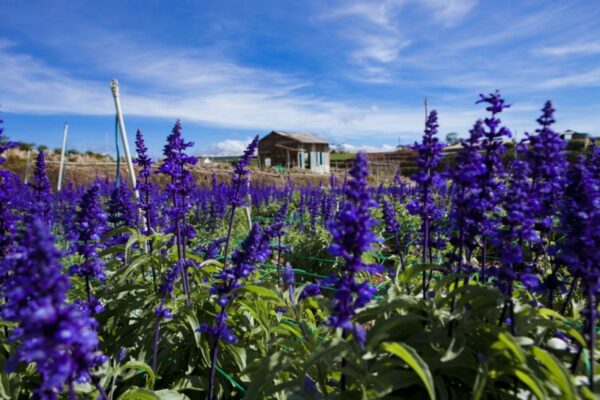
Dalat
Dive into a bit of adventure with a guided canyoning experience at the Elephant and Pongour Waterfalls near to the city of Dalat in Vietnam’s central highlands... -
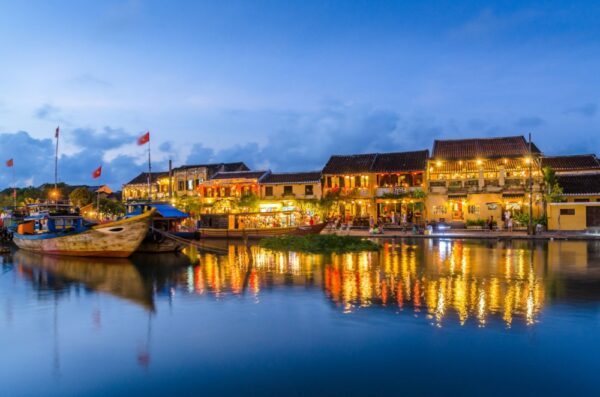
Hoi An
Hoi An is one of Vietnam’s most attractive cities, due in part to the preservation of historic buildings in its Old Town (Hoi An avoided being bombed in the Vietnam War)... -
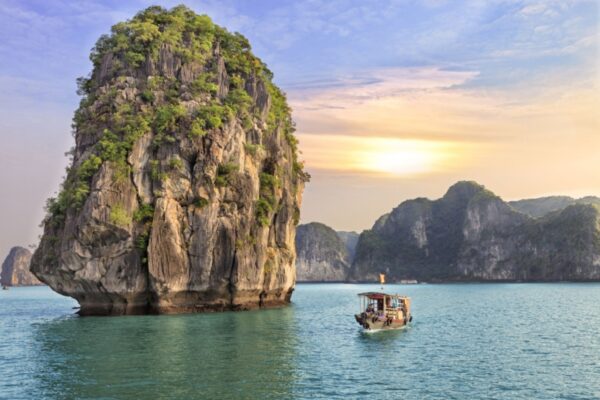
Halong Bay
Halong Bay is a World Heritage Site and Vietnam’s most popular tourist destination... -
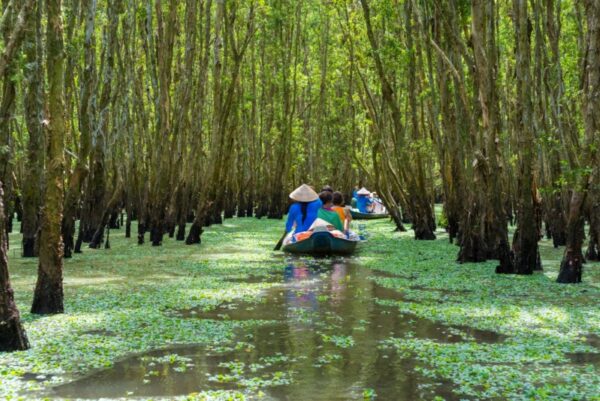
Mekong Delta
The Mekong Delta is Vietnam’s breadbasket, with 70% of the country’s fruit and 50% of its rice grown here... -
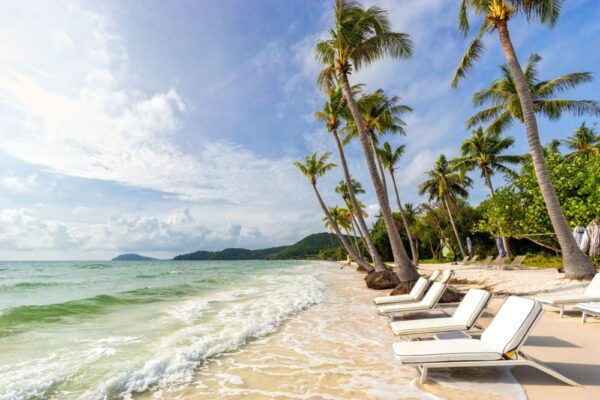
Phu Quoc
Phu Quoc is an idyllic island that offers beaches, diving and kayaking to those looking to escape the bustle of Vietnam’s cities... -
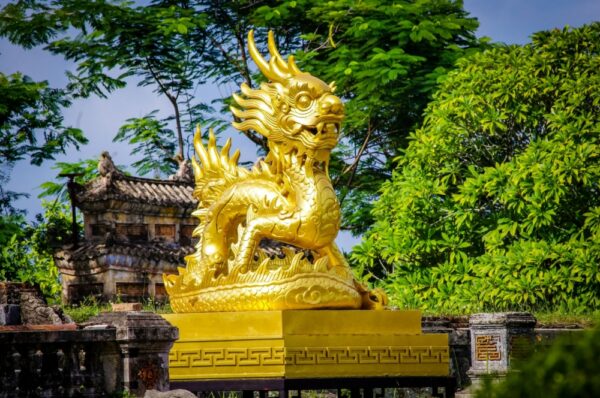
Hue
Charming Hue was once the capital of the Nguyen dynasty and is a great place to explore the history of Imperial Vietnam... -
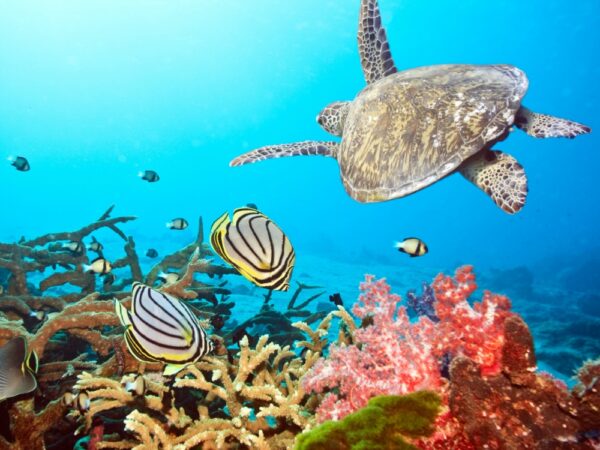
Con Dao Islands
This remote archipelago off the southern coast is Vietnam’s premier spot for viewing sea life... -
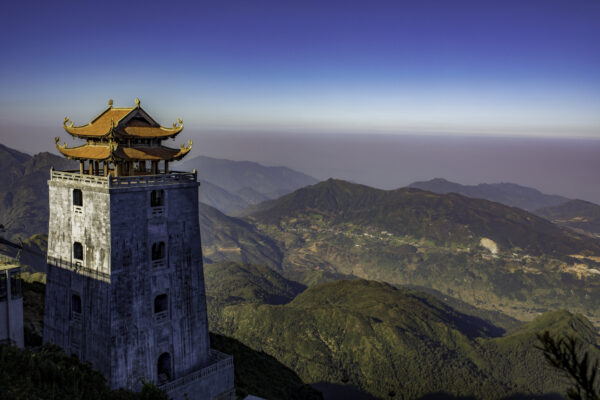
Fansipan Mountain
At 3,143m, Fansipan is the highest mountain in the Indochinese Peninsula... -
Hue
... -
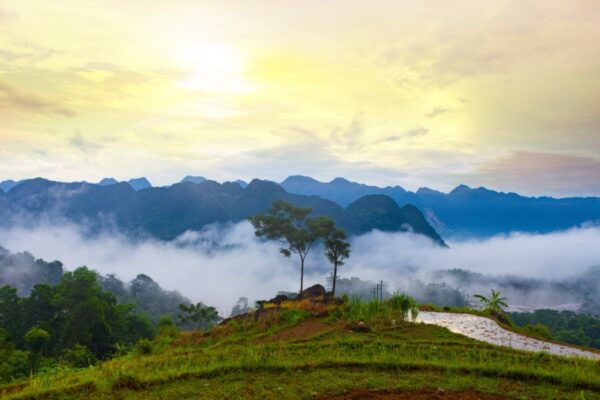
Pu Luong
I sometimes think of Pu Luong, another favourite in the north, as a microcosm of the northern mountains, with the rice terraces of Mu Cang Chai, jagged peaks of Sapa and stilt house villages of Mai Chau... -
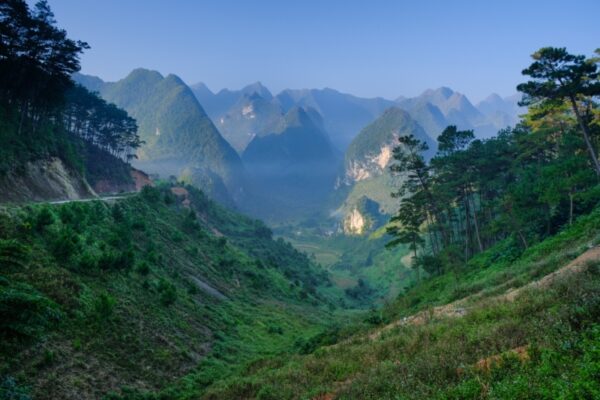
Ha Giang
Ha Giang is Vietnam’s northernmost province and the landscapes are like something from a science fiction flick... -
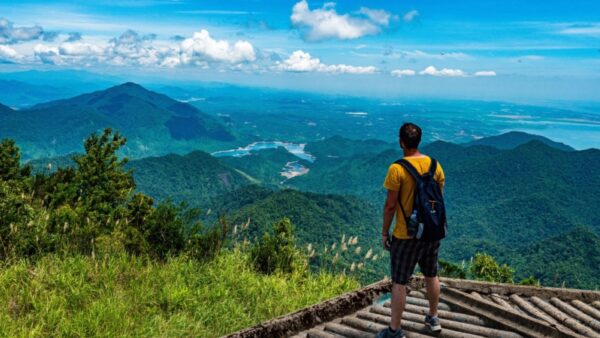
Bach Ma National Park
While some natural areas in central Vietnam suffer from overtourism, Bach Ma National Park has slipped under the developers’ radar... -
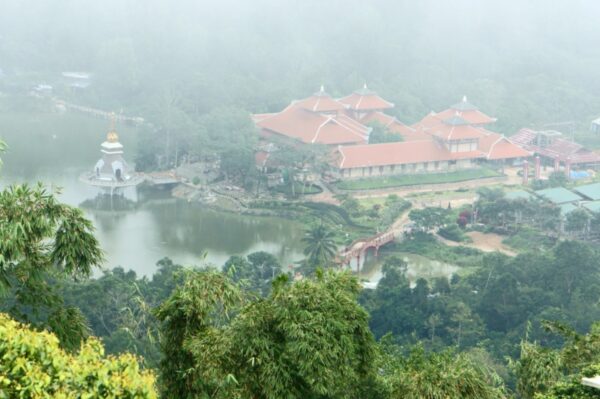
An Giang
The far south of Vietnam is not known for its treks: this is a delta region where the horizon usually stops at the closest tree... -
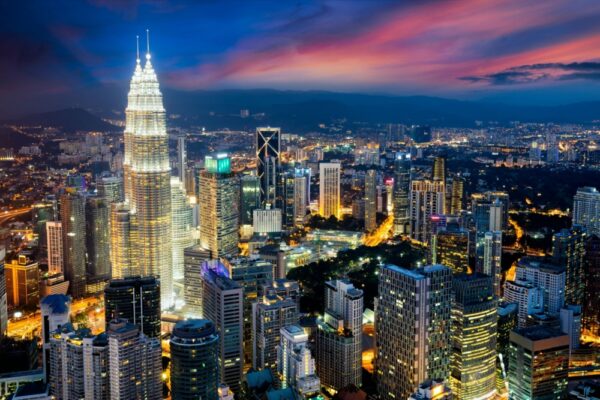
Malaysia
Asia's cultural melting pot
... -

Kuala Lumpur
... -
Johor Bahru
... -
Penang
... -
Malacca
... -
Indonesia
... -
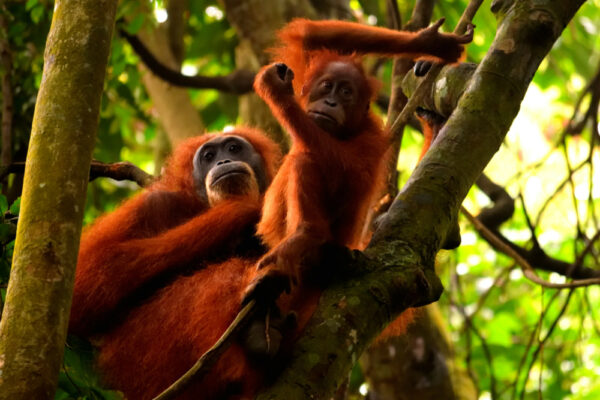
Gunung Leuser National Park
... -
Komodo National Park
... -
Bali
... -
Flores
... -
Mount Bromo
... -
Tanjung Puting National Park
... -
Kalimantan
... -
Sebangau National Park
... -
Kutai National Park
... -
Cambodia
... -
Krong Siem Reap
... -
Angkor Wat
... -
Tonle Sap Lake
... -
Phnom Penh
... -
Laos
... -
Luang Prabang
... -
Vang Vieng
... -
Vientiane
...
Places to go in Southeast Asia
Southeast Asia Tours
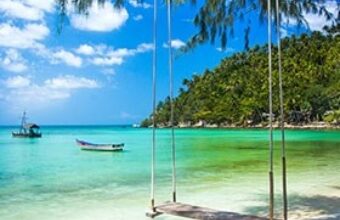
Barefoot Luxury in Thailand
Bangkok, Koh Samui and Koh Phangan
14 daysFrom £3,200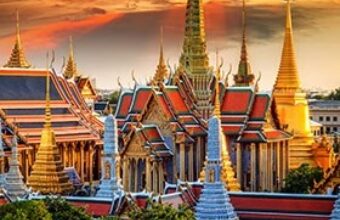
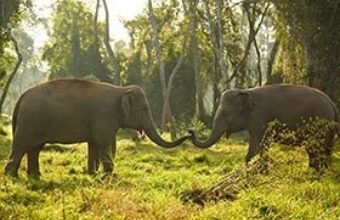
Luxury Thailand Honeymoon
Romantic honeymoon exploring Thailand's cities and beaches
14 daysFrom £3,500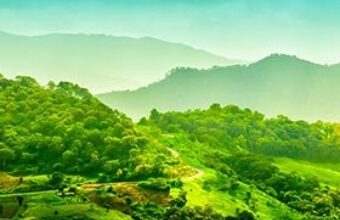
Thailand: Rivers Rainforests and Reefs
18 day luxury holiday exploring Thailand
18 daysFrom £4,200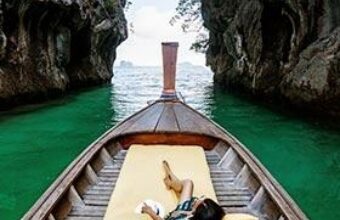
Thailand's Castaway Islands
18 days exploring Thailand's tropical islands
18 daysFrom £3,900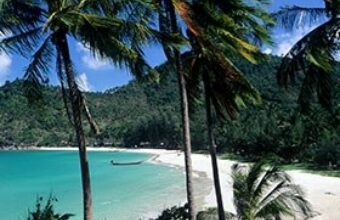
Thailand Family Island Hopping
Hassle-free family beach holiday in Thailand
14 daysFrom £2,200Southeast Asia Travel Companies
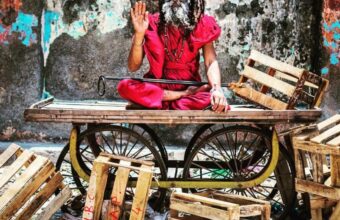
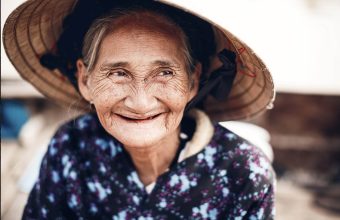
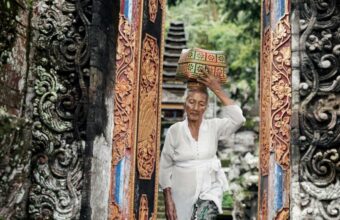
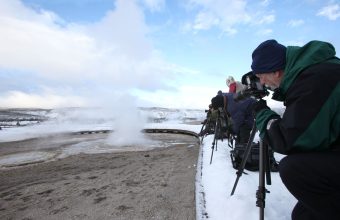
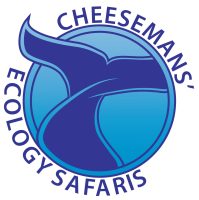 Central America,
South America,
Africa
(and 8 more)
Central America,
South America,
Africa
(and 8 more)
Cheesemans’ Ecology Safaris
In-depth nature & wildlife tours in outstanding destinations
